What is “Hidden Histories”?
Just as I was about ready to post this blog, I had to rewrite my opening because I just spent 45 rewarding minutes on the phone with a wonderful gentleman, Mr. Brown. Our mission at The Mariners’ Museum and Park is to connect people to the world’s waters – because through the waters, through our shared maritime heritage – we are connected to one another.
Why is this so important? Hidden Histories will give names, agency, and interpretation of the unidentified Black people depicted in our Collections. The purpose is to tell a fuller history of our shared maritime heritage. It will expand our understanding of our local, national, and global communities’ richness. The best part? We will be seeking opportunities to engage with the community for help gathering these names and personal stories.
This is exactly what our program, Hidden Histories, is all about. Last summer, when we realized that we would not be back in the office any time soon, we decided it was the perfect time to reevaluate our Collection. Staff members had discovered photos in the corporate archives. They were then shared with our department of interpretation.
You may think that some of this sounds strange. Collections? Corporate archives?
Here is a summation by Mr. Bill Barker, Archivist for The Mariners’ Museum and Park, “The institutional archives are the documents that the museum has generated during its existence. It contains things like presidential correspondence, board minutes and reports, financial statements, and etc. The early personnel records in the institutional archives included the images of early African American workers at the Museum.
The archival collections consist of the letters, photos, diaries, ephemera, maps and etc. that the museum maintains and uses to tell our maritime history. They originate from outside the institution and have been intentionally collected by the museum.”
Where to begin?
Looking at a photo of 21 men with no identification, how does one even begin?
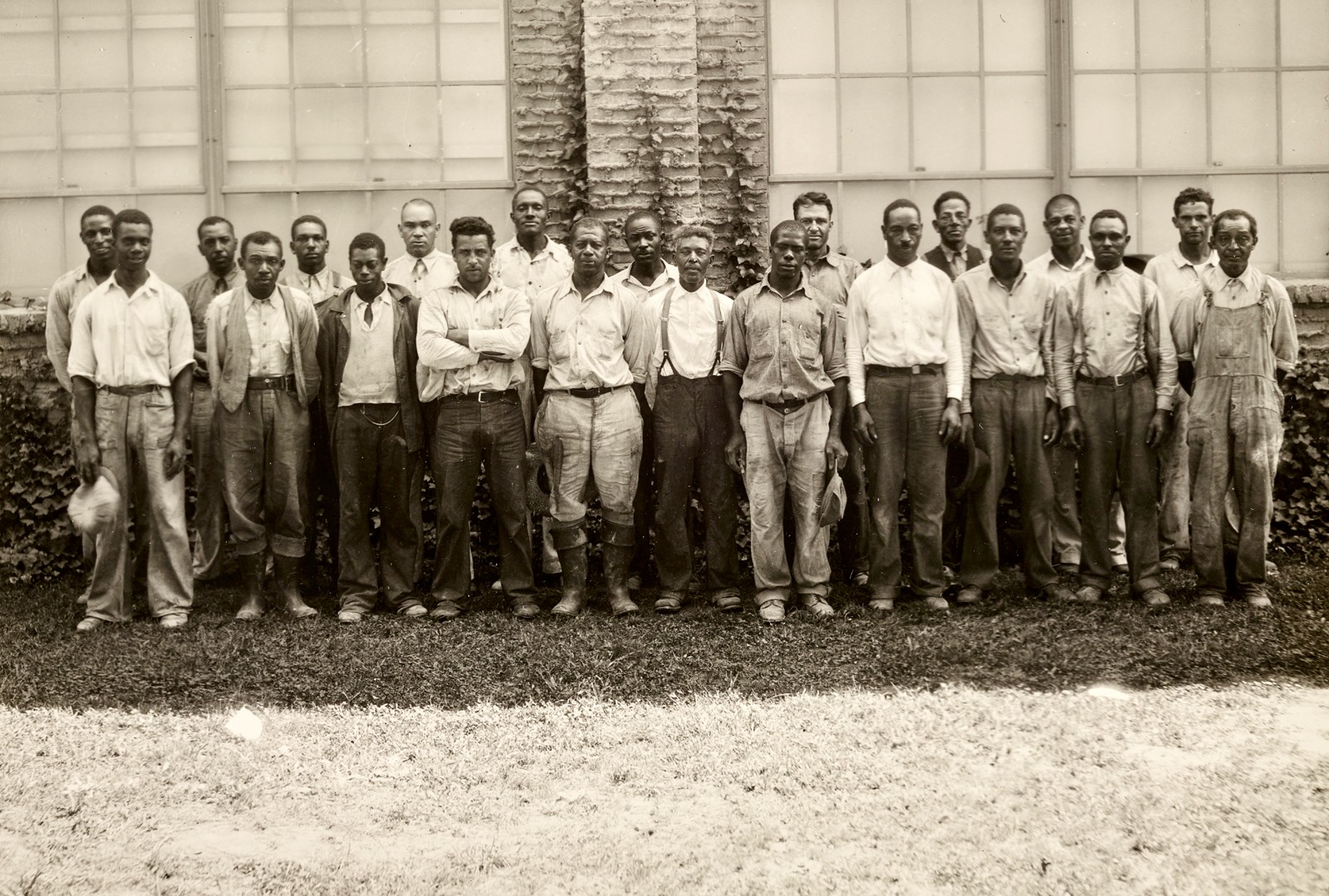
So, the first thing we did was form a committee. Taking part in the investigation are team members in the Department of Interpretation, Collections, Digital Services, Library and Archives, Conservation, and Park & Lake all on board with the project. The “golden photo” which triggered our committee formation is above.
Ongoing process!
While we expect this to be an ongoing process and a constant reinvestigation of the Museum’s practices, we are starting with the portion that is incredibly close to home. So our first goal is to identify the Black Americans who built The Mariners’ Museum and Park that we see in our pictures and historical documentation. We want to honor these currently unidentified community members. We want to give them the credit they deserve for their efforts and talent building our institution. As we tell our own story better and more fully, we will turn to the other Black Americans’ stories within our Collection. We will be continuing to build the evidence that we are all connected to one another through our shared maritime heritage. It is time to practice what we preach and identify those important community members!
The Daily Press published an article on the Museum’s 90th birthday celebration that appeared on October 21, 2020: Mariners’ Museum set sail 90 years ago, and it’s reaching more people than ever – Daily Press. The story happened to use a photo of Mr. James Scott and Mr. McKinley Banks, brick masons, in 1934, working on the Museum’s entrance. Mr. Banks’s granddaughter saw the picture and contacted the Museum. I had a lovely Zoom meeting with her. I learned even more history about Newport News, our Park, and “Daddy May,” as they called him. We then realized he was in the original photo of the 21 men, as was Mr. James Scott.
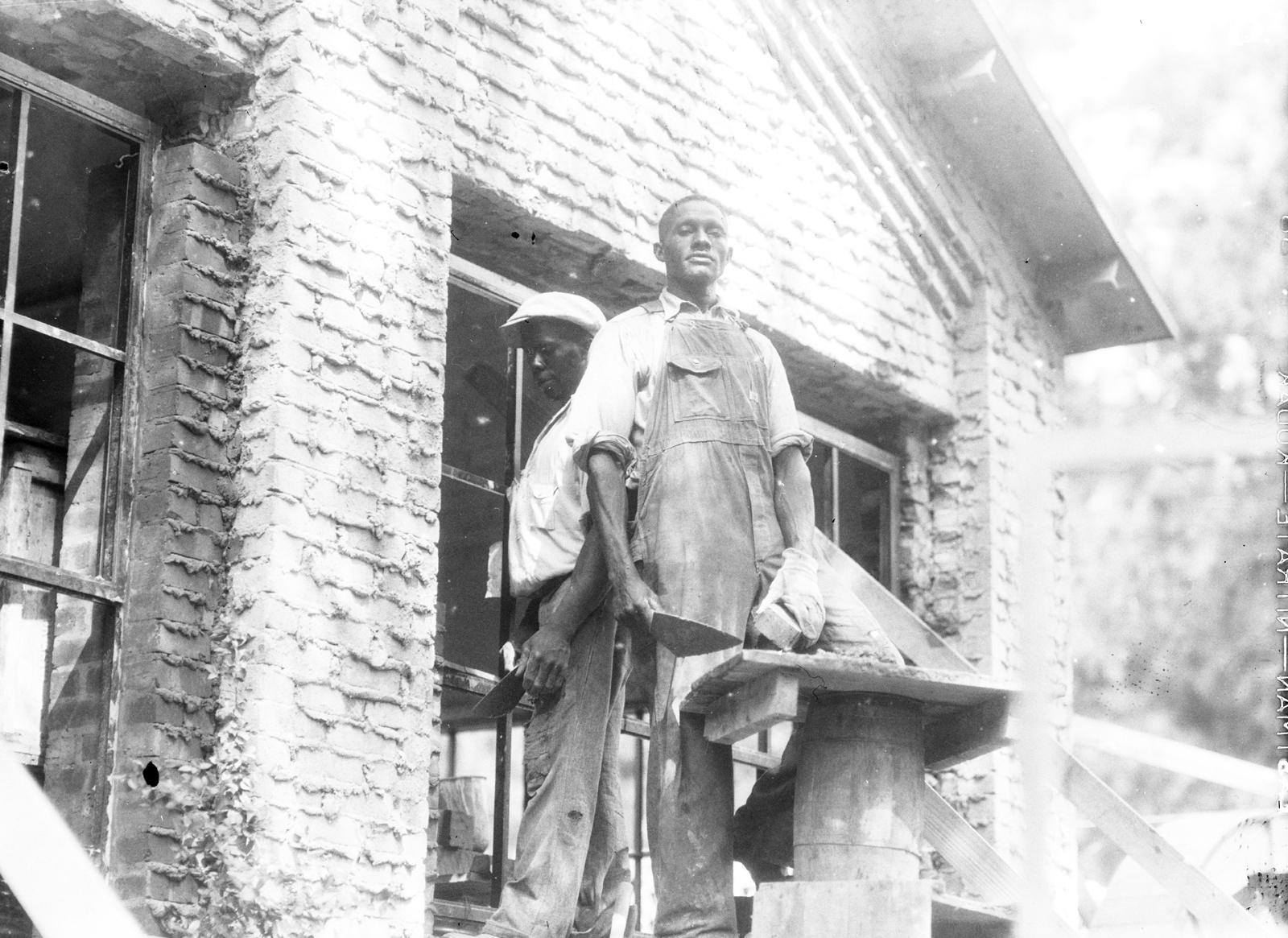
We got a huge surprise during the Christmas holidays from one of the archivists at the Museum, Bill Barker. He found the same photo but with notations!
NAMES.
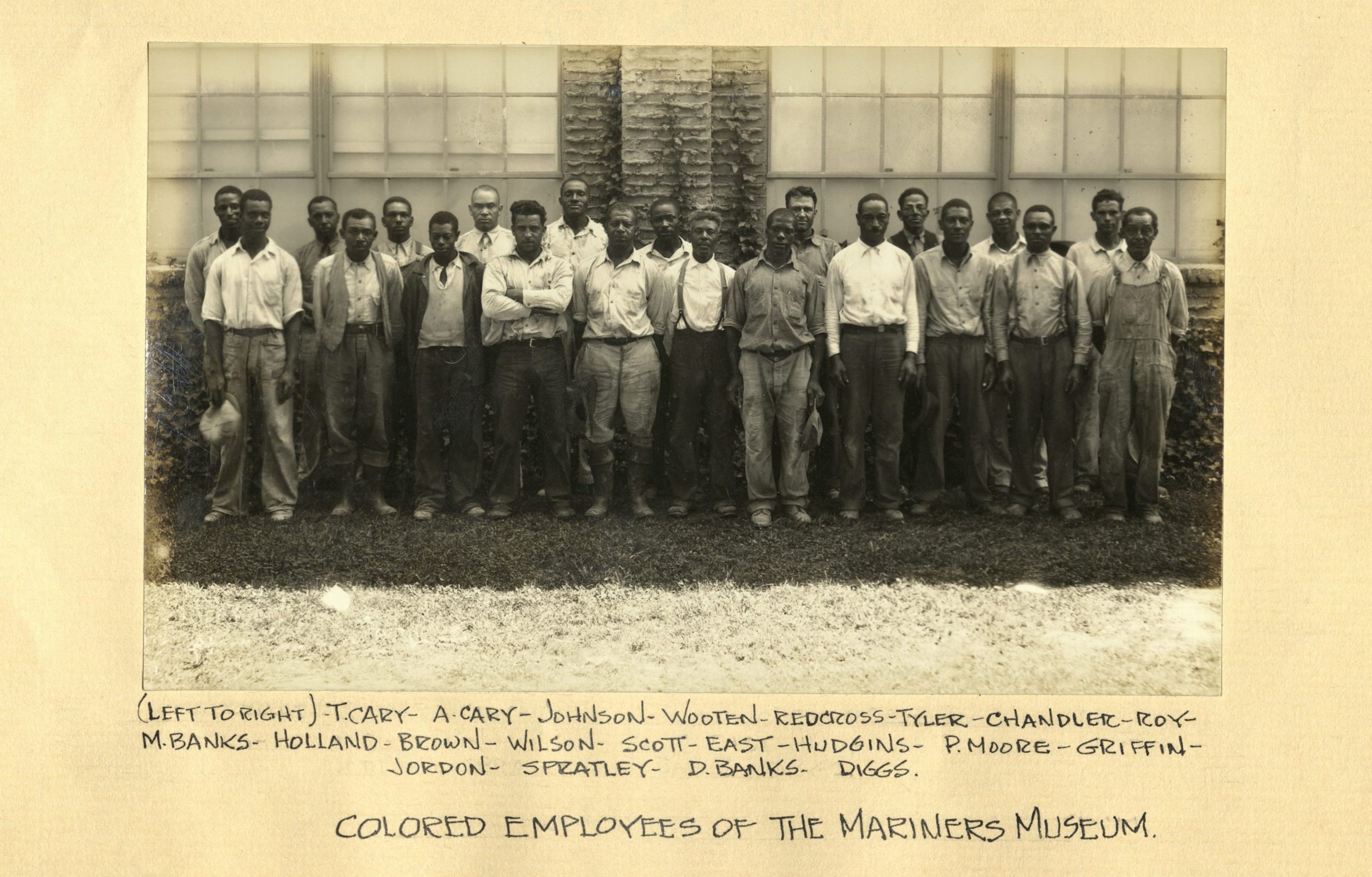
A very welcome holiday gift!
Well, this certainly was a treasure trove of information. Honestly, the “Queen of Research and Detective Skills” title belongs to Cindi Verser, Collections Management Specialist. She put complete names to faces thanks to her attention to detail. She found draft registrations, census records, obituaries, and more. We have been able to identify some of the employees. We are still working on several others. As you can see, some of the names are very common in this area, like Spratley and Diggs. And Brown? Johnson? Moore?
An archivist found additional paperwork. Two gentlemen pictured stayed on after construction. They became part of the Janitorial Department. Here are their staff photos:
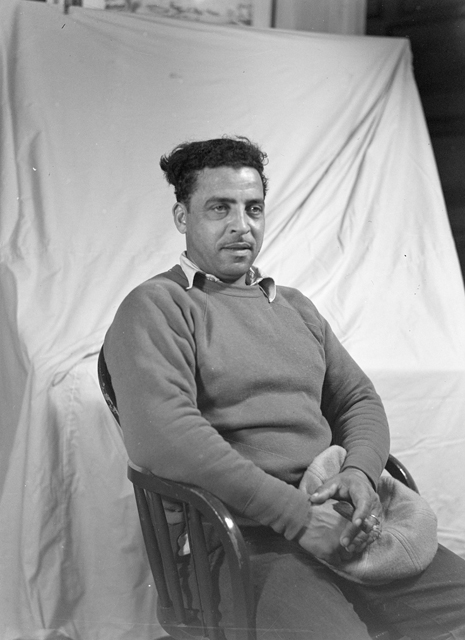
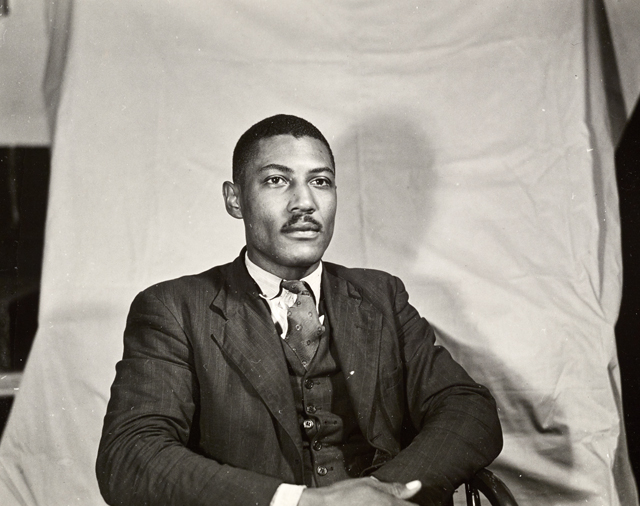
Two other gentlemen were also in the Janitorial Department at this time. Here are their photos:
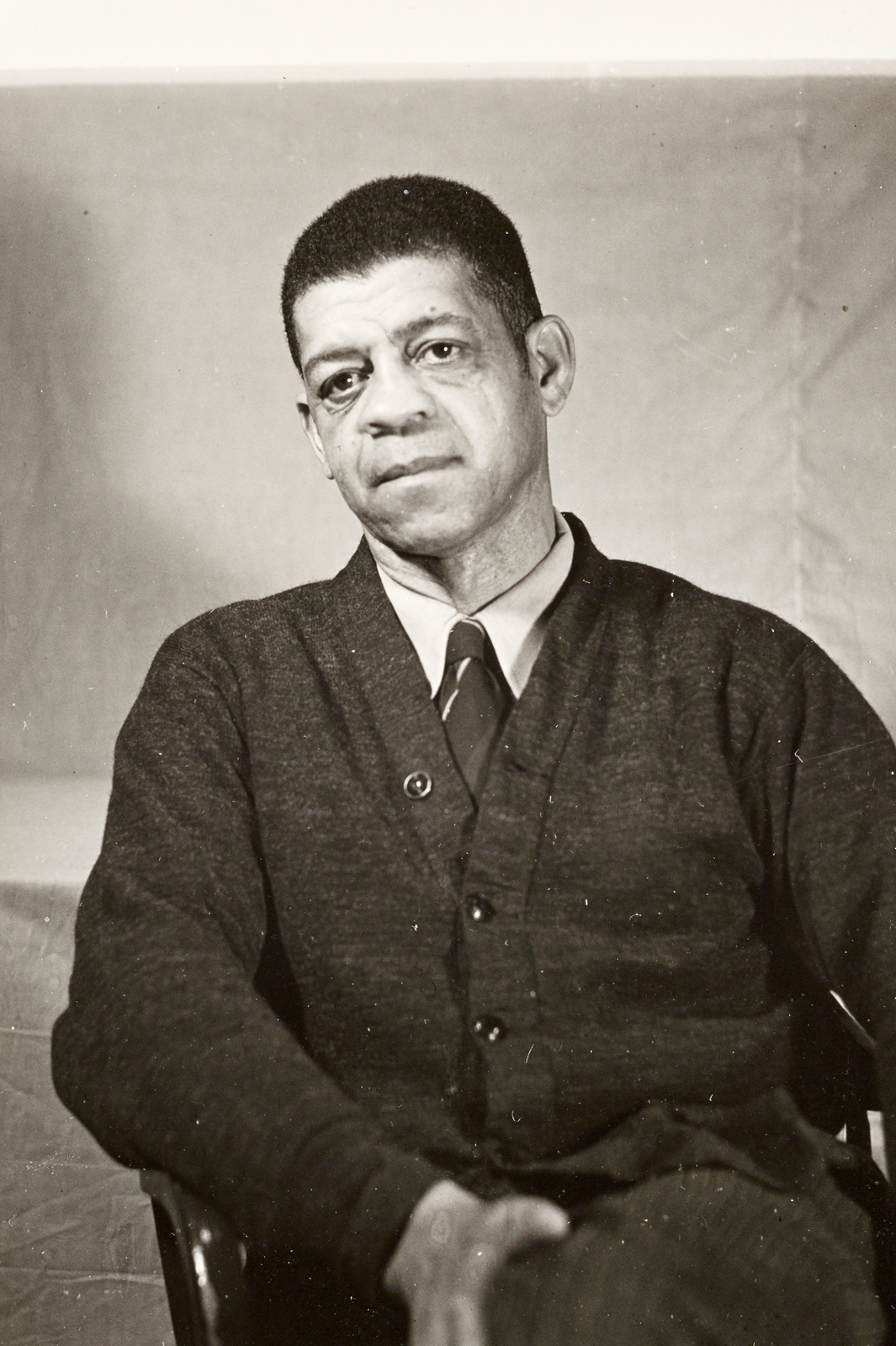
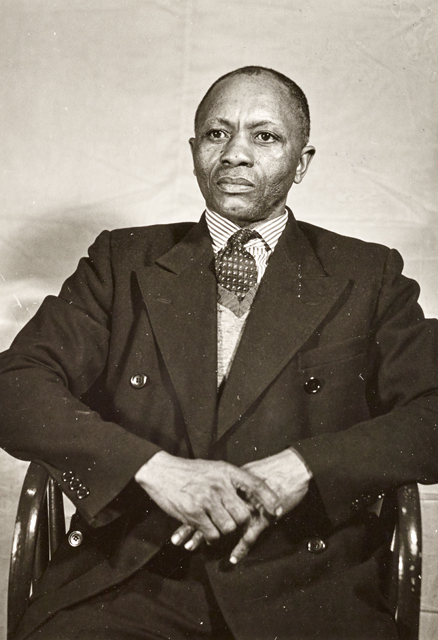
I was thrilled to have the following photographs shared with us from the corporate archives. These are all from June to September of 1935. They include exterior museum buildings or “great hall.” Pouring footings and the first library section on the right.
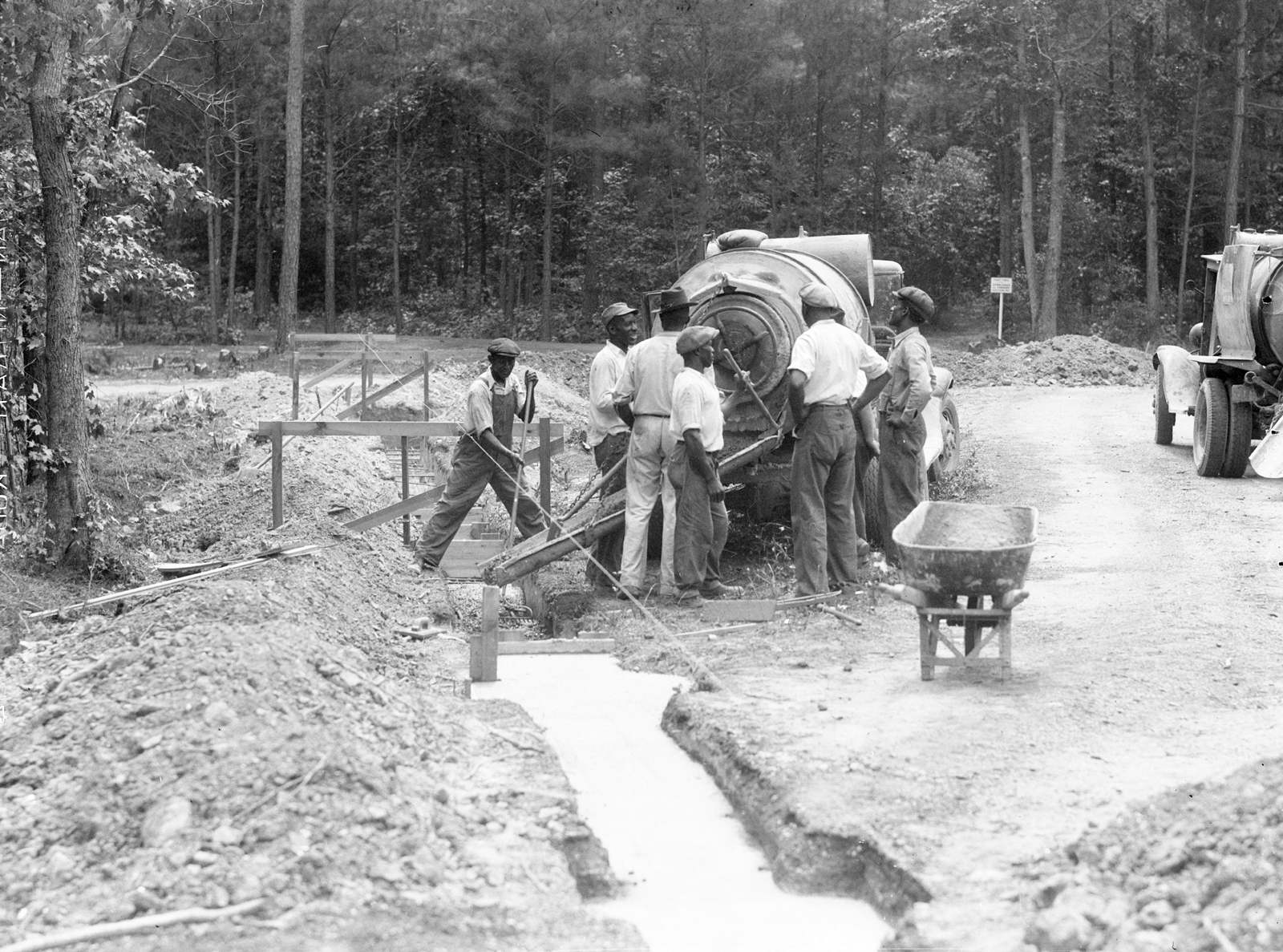
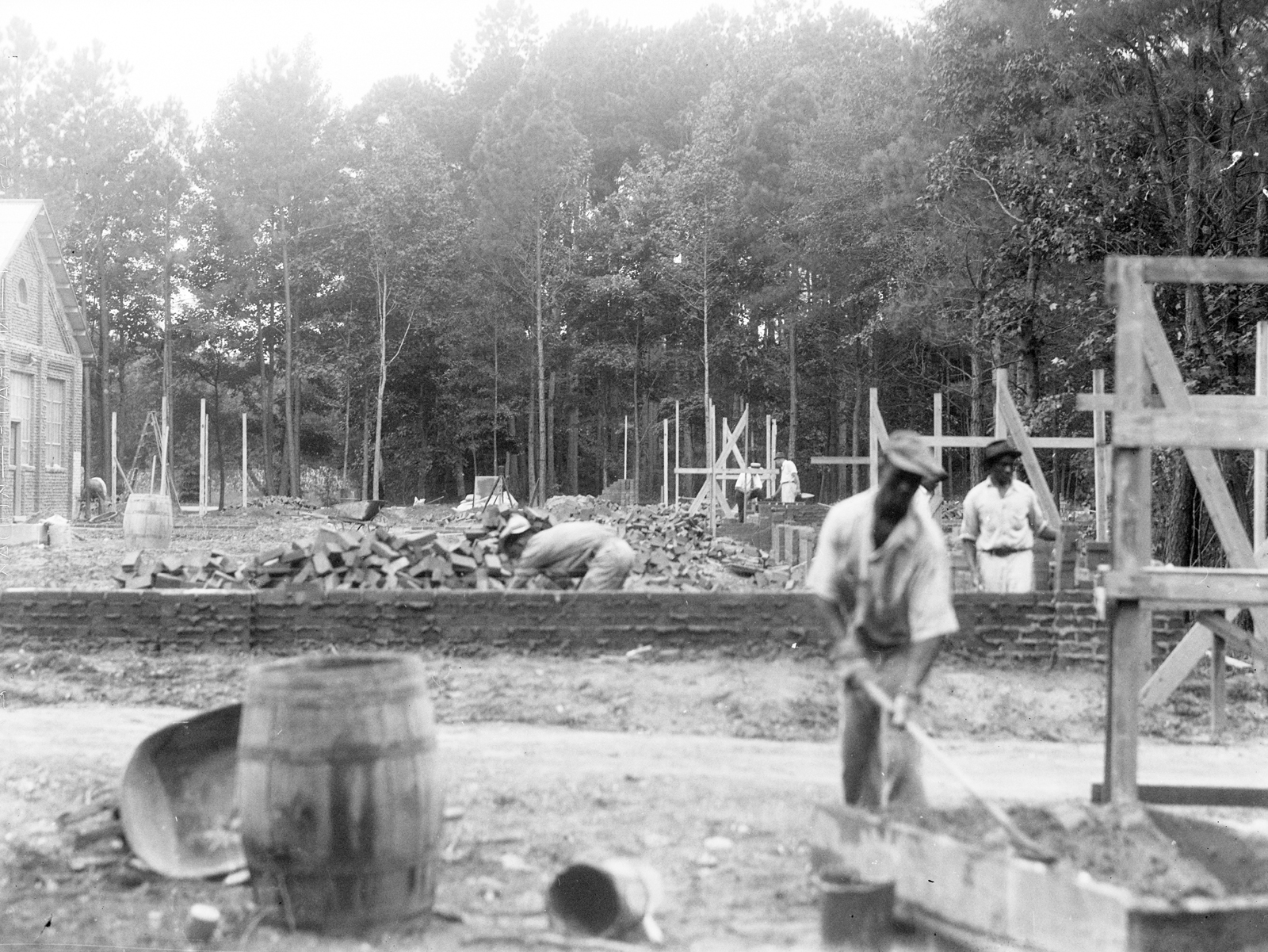
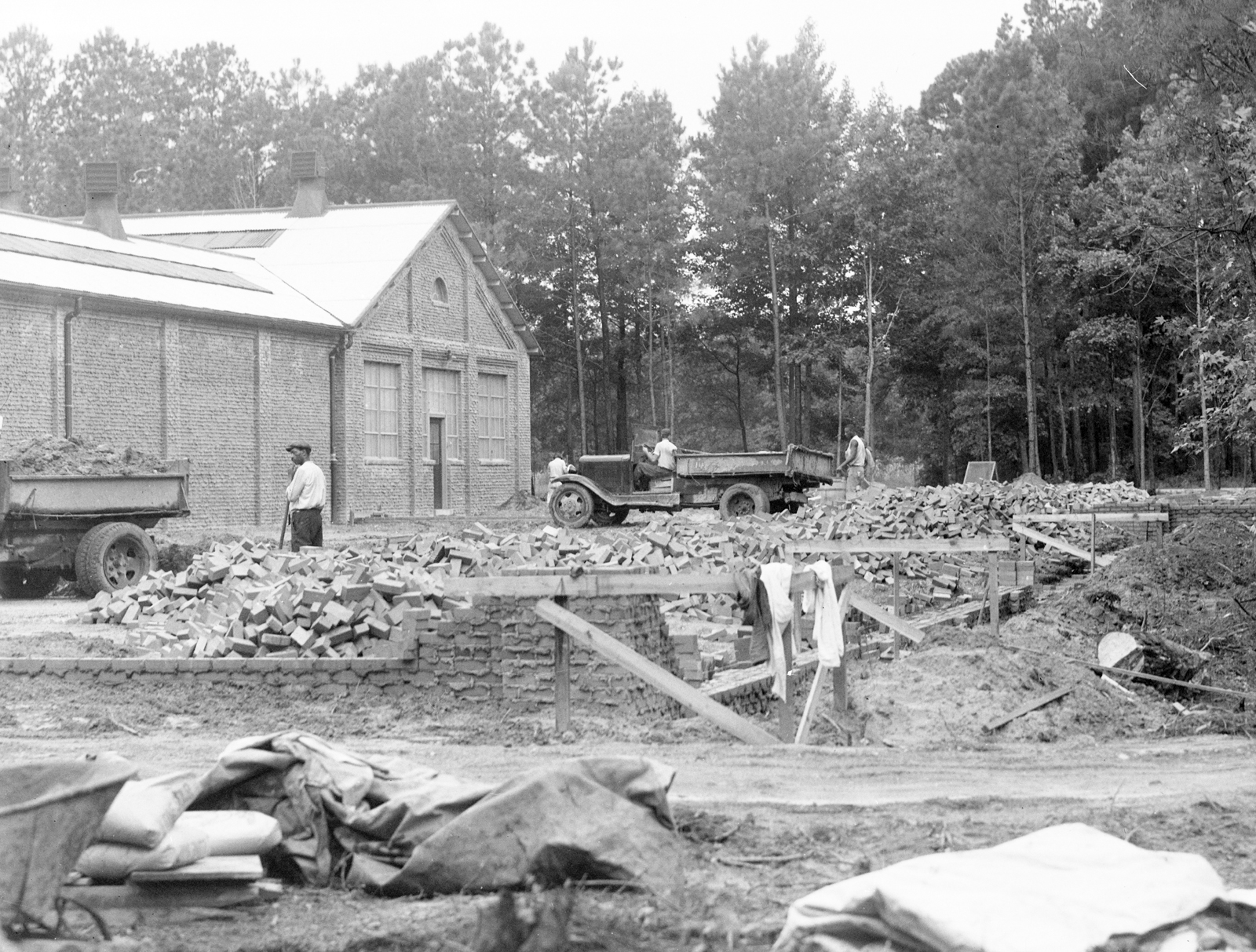
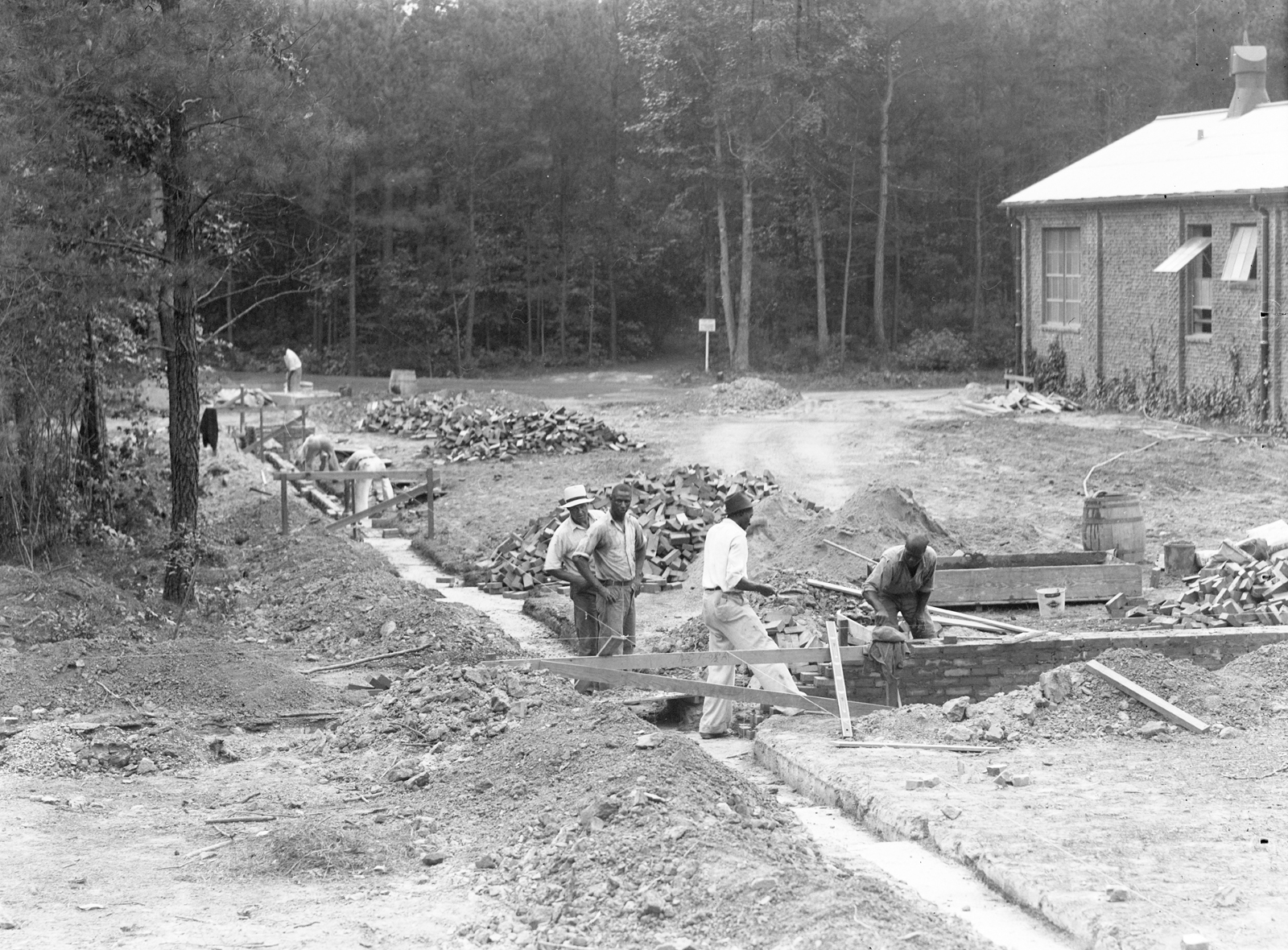
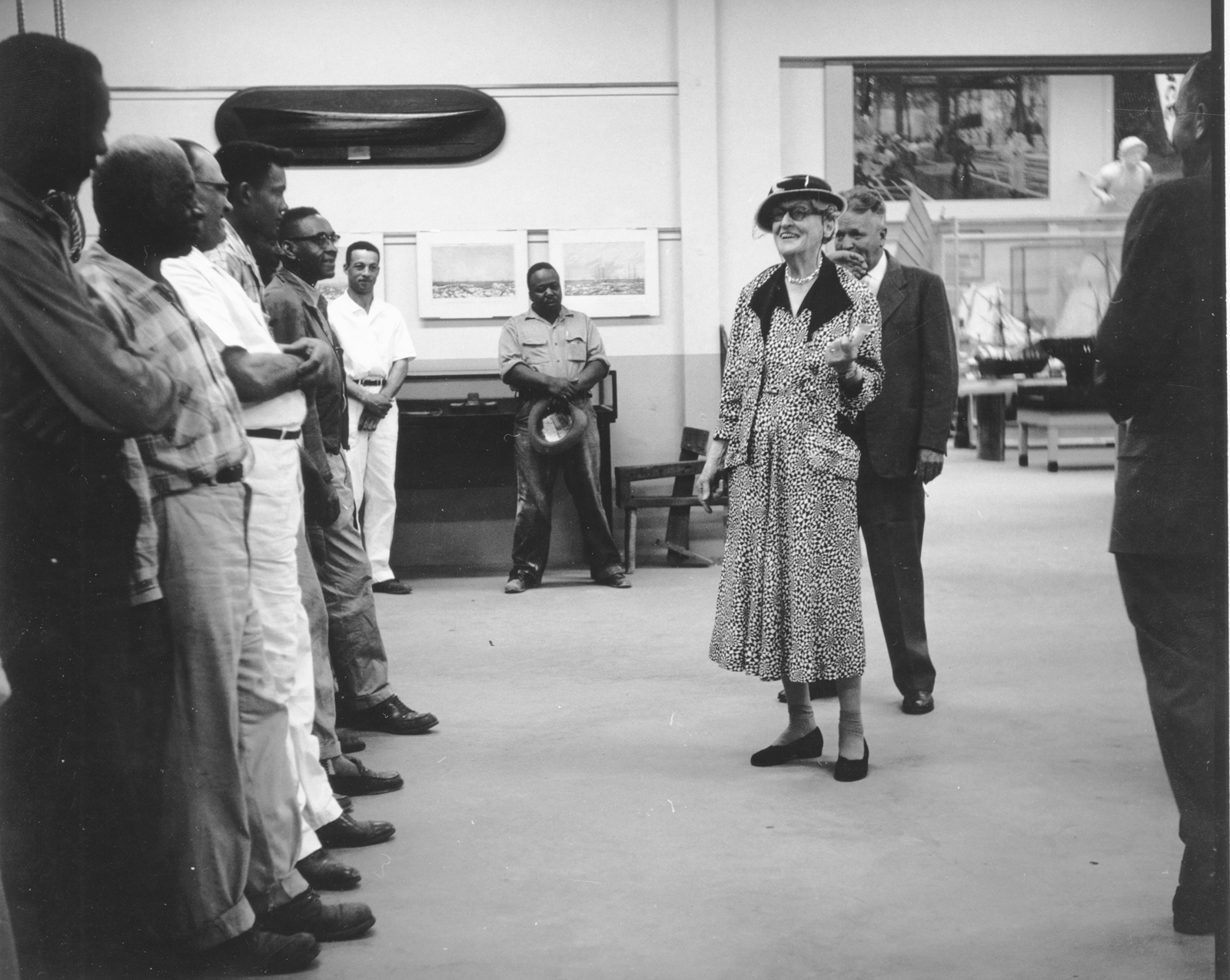
And even more information from the corporate archives, thanks to Museum Archivist Bill Barker! Many of these employees have no photos or first names.
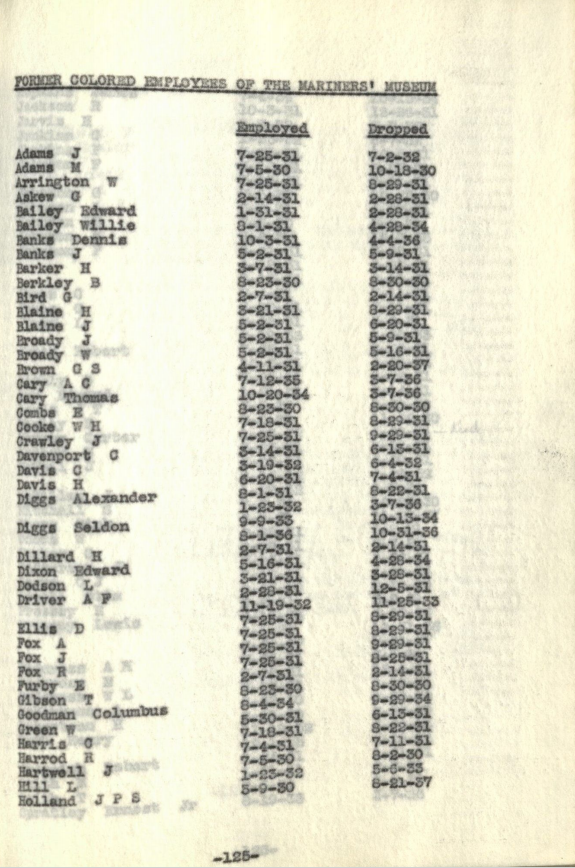
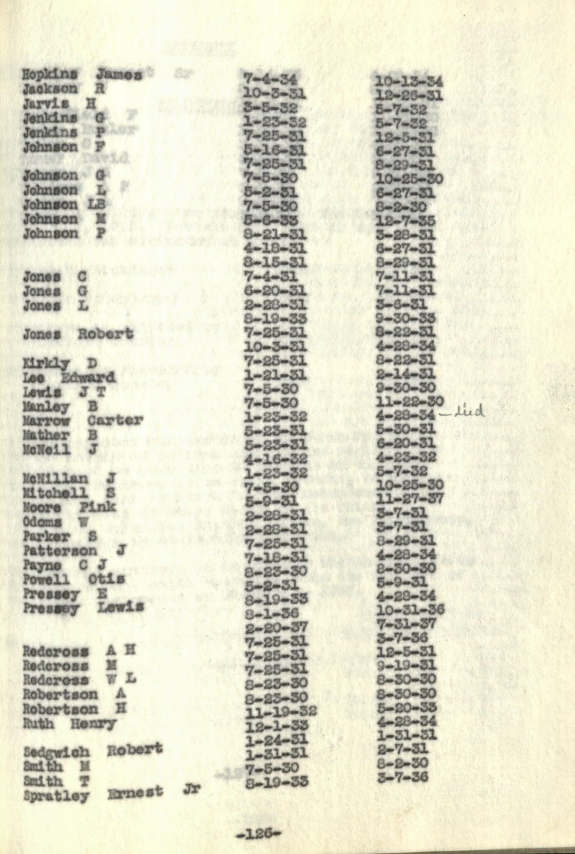
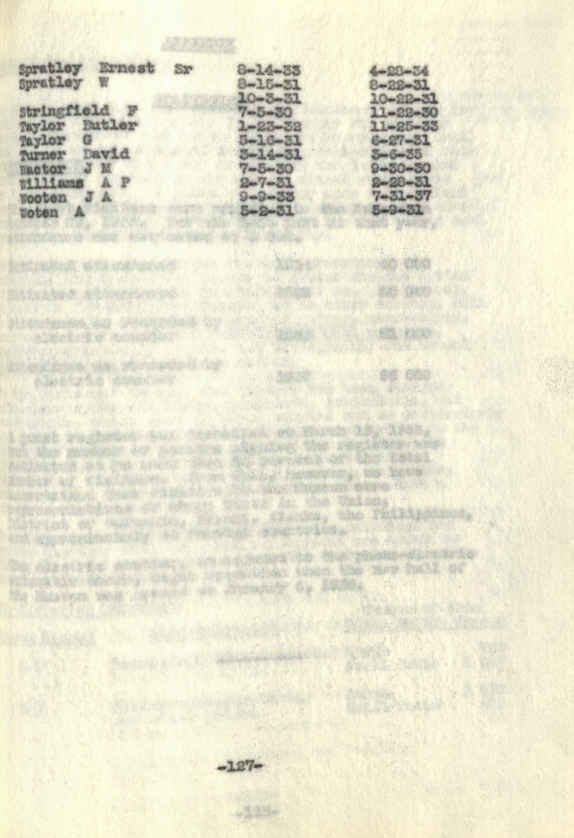
“The Mariners’ Museum Report 1930-1937”, Courtesy of The Mariners’ Museum and Park.
Thanks again to the Daily Press for the article published on February 7, 2021, about our programming in honor of Black History Month: Who built the Mariners’ Museum? Staff is trying to identify people in old photos for Black History Month. – Daily Press This triggered more interest from the community. A gentleman reached out to the reporter who had written the story. That’s the gentleman that I just spent 45 minutes with on the phone, Mr. Brown. He generously shared with me where the families were living. He shared family connections, and a little bit of gossip. And when the pandemic allows, he has offered to walk around the local African American cemetery with me to share even more Hidden History. I can’t wait!
Truly a small world
Oh, and if you need an example of how small this world is, my new friend, Mr.Brown, worked at the Naval Weapons Station the same time that my Dad, Cdr. Donald L. Hark, was the base’s Executive Officer. My Dad was the kind of guy that would have met everyone who worked on the base. So they very well could have spoken with each other!
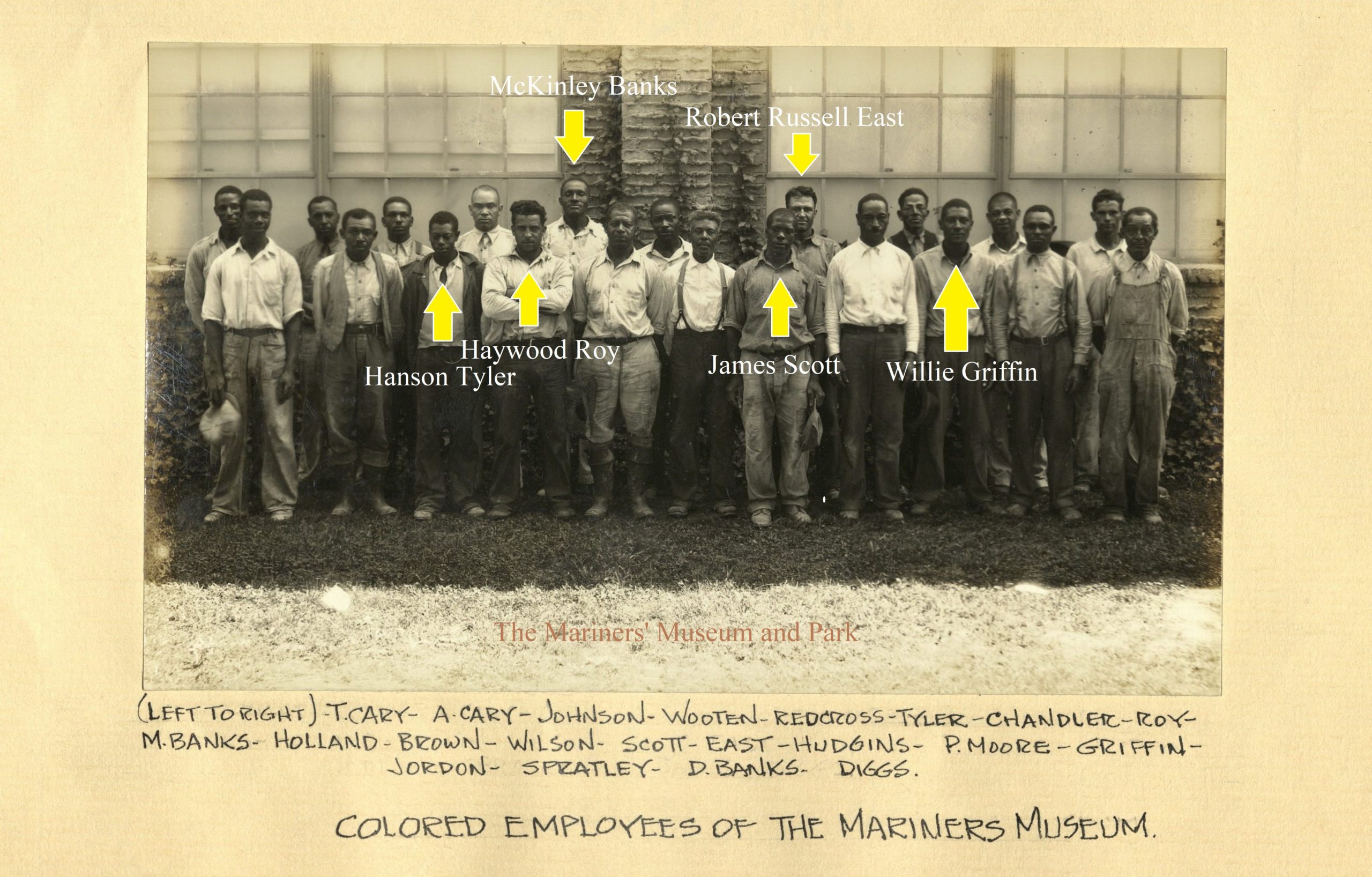
Can you help?
To us here at the Museum, this Hidden History project is a perfect example of community involvement. What stories have you heard about your family? Do you remember a family member working at the Museum in the early 1930s? Maybe you’re the one who inherited the family photos? You may have contacts in your local network like business organizations, churches, or women’s clubs to share information about our project. If so, I would love to talk with you. Please contact me at [email protected].